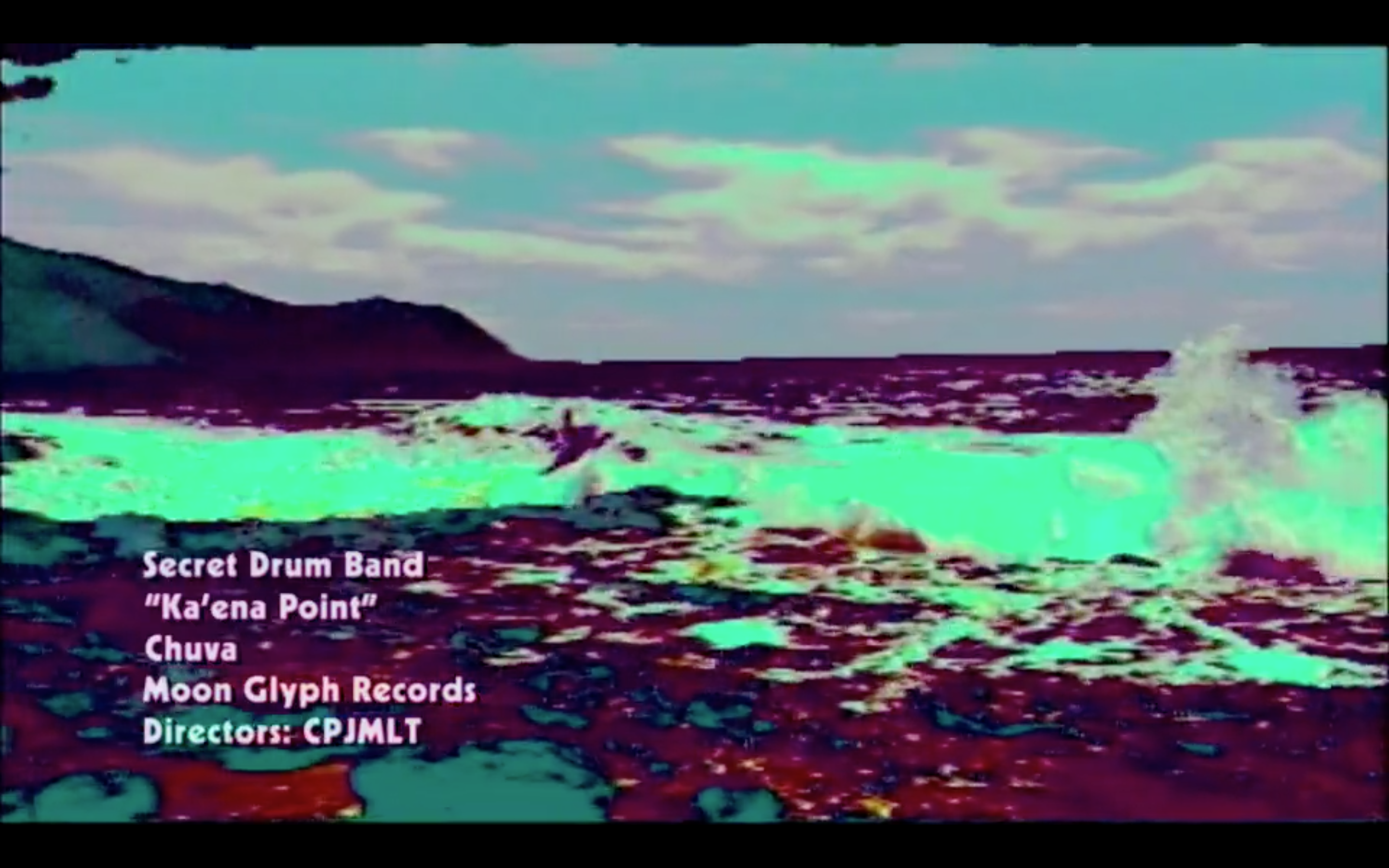The Hylaeus Project
(2011-2017)A multimedia documentation of the endangered Hawaiian Hylaeus bees
with artist | illustrator Aidan Koch

In 2008 while working for the Xerces Society for Invertebrate Conservation I co-authored petitions to the US Fish & Wildlife Service to list seven Hawaiian Hylaeus species as endangered. These largely overlooked bees are vital pollinators of native Hawaiian plants, and they had been vanishing without hardly any notice. A few years later, I took the information I had learned and began The Hylaeus Project - an experiment in using art to get the word out about these imperiled and fantastic species. In the summer of 2013 artist Aidan Koch and I spent a month in Hawaii documenting the Hawaiian Hylaeus through visual art, natural history writing, music composition, and photography. We traversed all sorts of present and former Hylaeus habitat to find them, from beaches to barren lava flows and montane forests, with our nets, aspirators, notebooks and recording devices in tow. {The Hylaeus are commonly known as ‘yellow-faced bees’ for the pale ivory to bright yellow markings on the males’ heads.}
I compiled and edited our work into an illustrated book called The Hylaeus Project (designed and published by Publication Studio), and wrote a set of music compositions for Secret Drum Band. The book includes interviews with Hawaiian naturalists, watercolor plates and chapters on each field site that we visited. The music draws on the soundscapes of our field sites, and was featured in a 2014 cassette release and Secret Drum Band’s 2017 full length record, Dynamics.
I compiled and edited our work into an illustrated book called The Hylaeus Project (designed and published by Publication Studio), and wrote a set of music compositions for Secret Drum Band. The book includes interviews with Hawaiian naturalists, watercolor plates and chapters on each field site that we visited. The music draws on the soundscapes of our field sites, and was featured in a 2014 cassette release and Secret Drum Band’s 2017 full length record, Dynamics.
On October 31, 2016, the seven petitioned species of Hawaiian Hylaeus bees were listed as endangered by the US Fish and Wildlife Service.




Hylaeus anthracinus, H. longiceps, H. hilaris, H. facilis, H. mana, H. assimulans and H. kuakea became the first bees ever to be given this level of protection by the United States federal government. This status has been continually threatened by Republican representatives in Congress and the president, who see environmental regulation as an obstacle to economic development and have no regard for impacts to species, habitats, and communities. If you want to help to protect the ESA, please talk to friends and neighbors about how important it is, and make donations to groups such as the NRDC and the Center for Biological Diversity, who are working to protect this legislation. There are currently some wonderful projects going on in Hawaii to learn more about these bees and get the public involved in their protection. The Pollinators in Paradise program seeks to spread awareness of the endangered native pollinator and enlist the help of the Hawaiian community and visitors to Hawaii in conservation efforts.
The Hylaeus Project was made possible by a Project Grant from RACC.